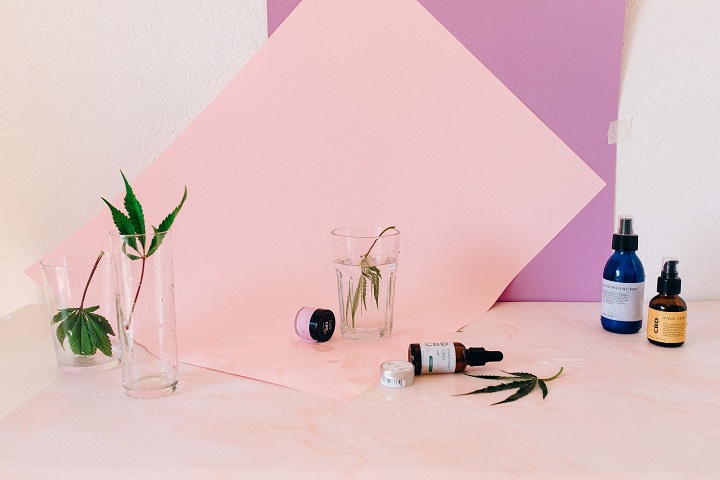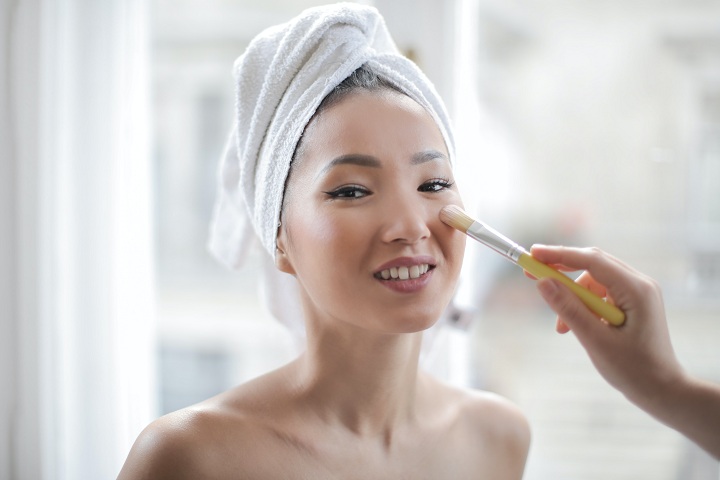If you’re a skincare enthusiast, you’ve probably heard of salicylic acid for skincare before. Salicylic acid is the only beta hydroxy acid (BHA) used in skin care products and is an FDA-approved skin care ingredient used for the topical treatment of acne. Salicylic acid is ideal for oily skin because of its ability to deep clean excess oil from pores and reduces future oil production. Because salicylic acid keeps pores clean and unclogged, it prevents the formation of future white and blackheads. Although salicylic acid is widely used in skincare products, most people are unaware of its many benefits. So, in this article, you will learn about the benefits of salicylic acid for your skin, as well as some of the best salicylic acid products to include in your skincare routine.
What Are the Benefits of Salicylic Acid in Skin Care?
Here are the benefits of salicylic acid that will make you incorporate it daily into your skincare regime –
1. Reduces Oily Skin
Oily skin is a common cause of blemishes because it clogs pores and prevents the natural skin shedding cycle from taking place. Excess oil on the skin’s surface can also trap bacteria and irritants, causing inflammation. When applied to the skin, salicylic acid can break down fatty compounds such as natural oils or sebum.
Including salicylic acid in your oily skin skincare routine can aid in the removal of excess oils and the reduction of sebum levels.
2. Exfoliates the Skin
One of the salicylic acid’s most remarkable properties is its ability to exfoliate your skin. Dead skin cells on the skin’s surface are the root of many skin problems. Salicylic acid penetrates the pores of the skin to dissolve dead skin cells and flaky skin that have accumulated on your skin and caused clogged pores.
Salicylic acid face wash for oily skin also helps to remove dirt, bacteria, and grime from the skin’s surface, keeping pores clear and free of irritants. It aids in the purification and exfoliation of the skin by removing dead skin cells and bacteria. This improves the overall health and appearance of your skin.
3. Effective Astringent
Furthermore, Salicylic acid is a powerful astringent that can reduce the appearance of pores by tightening the skin and reducing oiliness. By minimising the appearance of pores and tightening the skin, salicylic acid can give your skin a youthful, smooth appearance.
4. Helps in Reducing Blemishes
One of the salicylic acid’s lesser-known benefits is its ability to help reduce the appearance of blemishes and hyperpigmentation on the skin. Its astringent properties can aid in skin tone evenness and discolouration reduction.
5. Helps Combat Acne
Salicylic acid is especially beneficial for people who have acne-prone skin. Salicylic acid, in particular, is effective at removing whiteheads and blackheads, particularly around the nose and in areas prone to blackheads. Salicylic acid is an effective ingredient for reducing acne breakouts due to its unique ability to break apart the attachments between cells in the skin’s outer layers.
What Are the Best Salicylic Acid Products
1. Salicylic Acid Face Wash
Salicylic Acid Face Wash is the first step in a regimen designed to reduce acne and comedones. Glycolic and salicylic acids are antibacterial chemical exfoliants. This face wash unclogs pores, gently removes buildup and blackheads and treats acne-prone skin without removing natural oils. It also unclogs pores and kills acne-causing bacteria, which helps to prevent future breakouts and close open pores. Glycolic acid removes surface build-up, whereas salicylic acid removes excess oil from pores, leaving the skin less oily. Use it for two months for the best results.
2. Salicylic Acid Serum
2% Salicylic Acid serum works by dissolving the bond that holds the sticky cells together in the clogged pores. Salicylic Acid serum for acne-prone skin has anti-inflammatory properties that penetrate deep into the pores and unclog them. This action removes dead skin cells and other impurities from pores, making them appear smaller. Salicylic Acid serum for acne-prone skin exfoliates the skin, and its oil solubility allows it to exfoliate inside the pore to reduce breakouts, congestion, and blackheads.
3. Salicylic Acid Bodywash
This body wash contains 1% Salicylic Acid, which helps to prevent acne by unclogging and deep cleansing pores. It also aids in the treatment of body acne caused by waxing, excessive sweating, and other factors. Salicylic acid aids in the removal of dead skin cells and unclogs pores, which not only improves the appearance of strawberry legs over time but also helps to prevent their recurrence. The chamomile extract in this salicylic acid cleanser leaves you feeling refreshed and rejuvenated after each use.
4. Salicylic Acid toner
Though salicylic acid is most popular among those with acne-prone skin, anyone can experience breakouts and clogged pores, so the best salicylic acid toner for you will largely depend on whether your skin is oily or dry. Oily and/or acne-prone skin may benefit from an oil-free toner containing witch hazel or tea tree in addition to salicylic acid, whereas dry skin may benefit from alcohol-free toners containing calming or moisturising ingredients such as glycerin, aloe vera, and niacinamide. If you have sensitive skin, proceed with caution and perform a patch test first (and start by using your toner just once a week, in the beginning, to allow your skin to adjust).
Summing up
Salicylic acid can be an effective ingredient in skin care products to help treat acne. By breaking down and removing dead skin cells and oil, salicylic acid can help unclog blocked pores.
Salicylic acid can cause minor side effects like skin irritation or peeling. If users experience more severe side effects, they should discontinue use and contact their doctor.
It may take 6-8 weeks to see results from salicylic acid or other acne treatments. Anyone who does not see an improvement in their acne after this time period should seek the advice of a doctor or dermatologist for alternative treatment options.






